20 Odd Details About Black Death That They Don’t Teach Us In History Class
The Black Death or the bubonic plague was the most fatal pandemic ever recorded in human history, causing an estimated 75-200 million deaths in Eurasia and North Africa. Caused by the bacterium Yersinia Pestis, the plague peaked in Europe between 1347 to 1351, killing an astonishing percentage of the population. Not only did the disease decimate the population of Europe, but it also resulted in political, religious, and social upheavals that changed the course of history forever. Take a look to see what it was like to live during one of the darkest periods in European history, and the effects that the plague had.
People Avoided Bathing
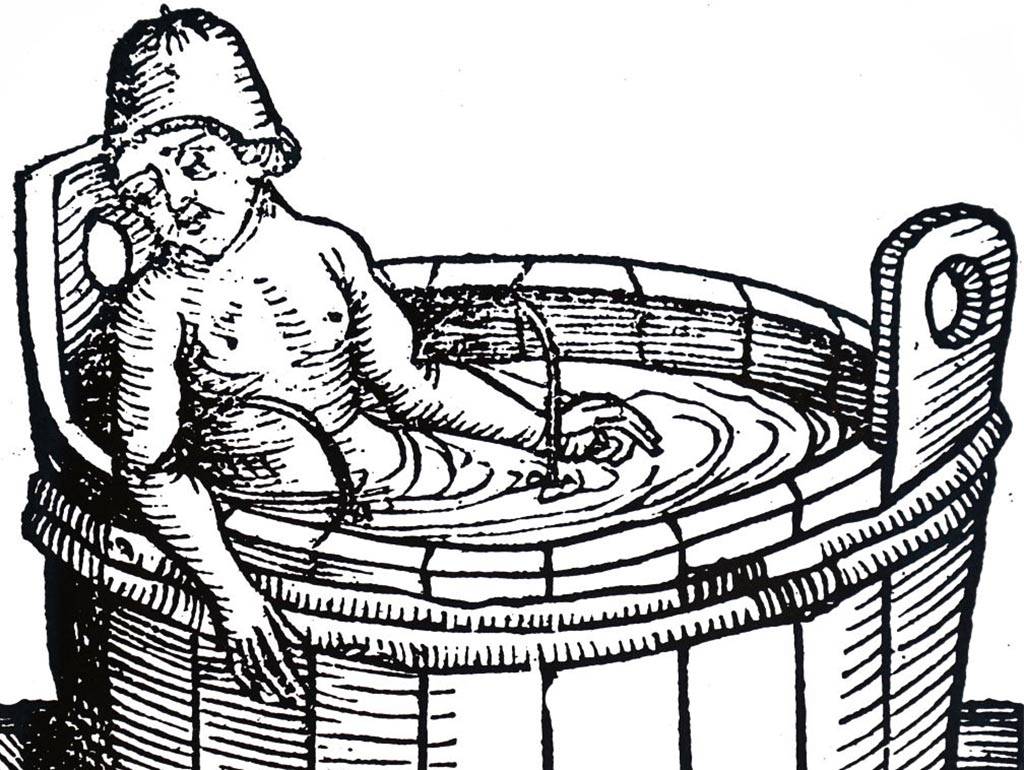
In the Middle Ages, people didn’t understand the importance of hygiene, especially when it came to avoiding getting sick, and that definitely didn’t change during the plague. In fact, people actually avoided bathing for several reasons.
One significant reason was that they thought that changing clothes was a sign of vanity, and therefore sinful in the eyes of God. However, the other was that they believed that bathing opened up the pores, which would invite illness. This uneducated theory continued well into the 19th century.
The Sickness Was Blamed On Jewish People
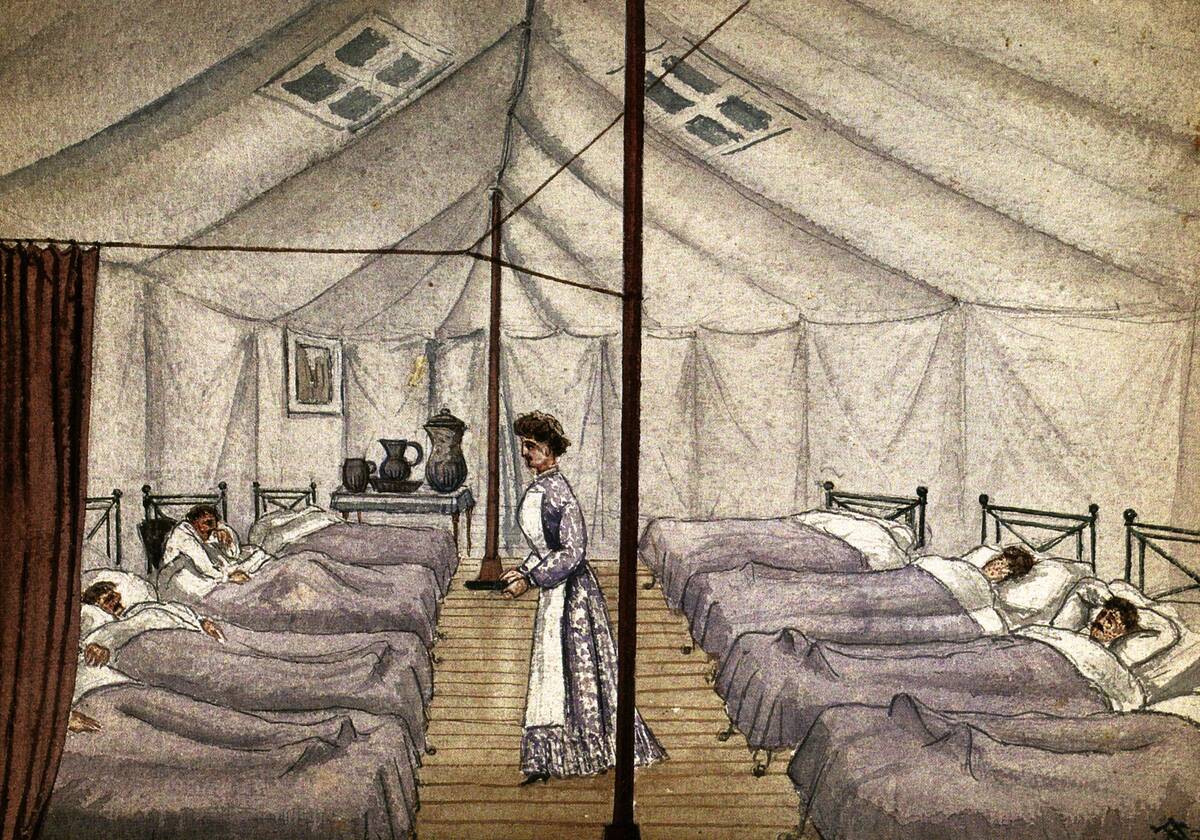
Even though Jews and Muslims were likely to become just as sick as Christians, many accused Jewish people of causing the plague as a way of destroying Christianity. Under torture, some Jews confessed that they had poisoned wells and other water sources, although this has been proven otherwise.
As a result of these confessions, the entire Jewish population of Strasbourg, Germany was given the choice of converting to Christianity or be burned at the stake. More than 2,000 were executed in one day alone in 1349.
Closed Communities Were Particularly Affected
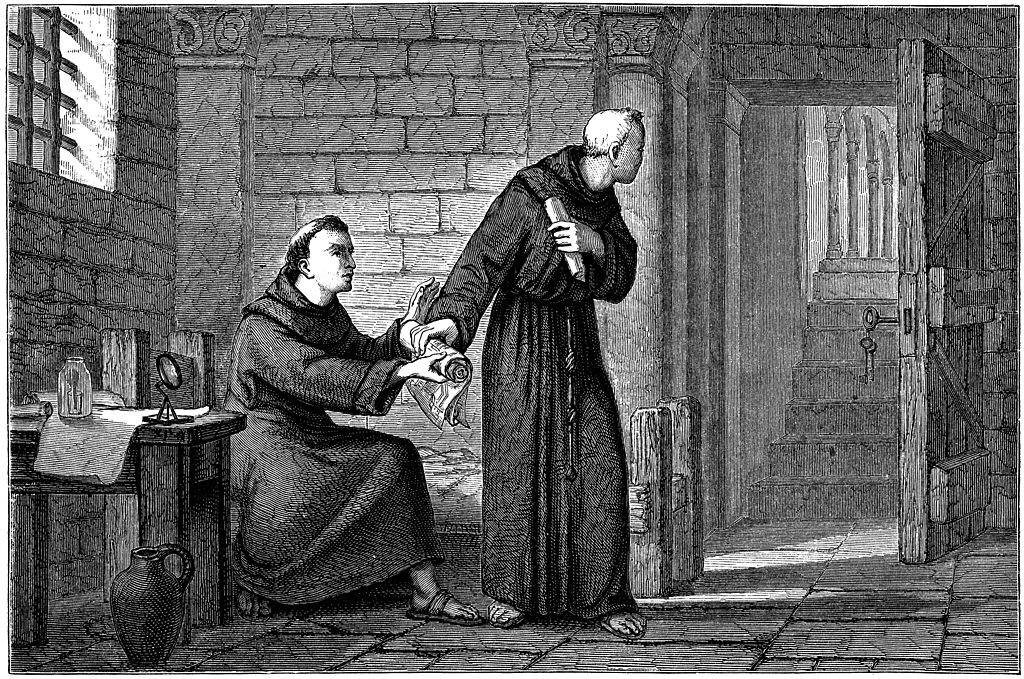
Closed communities such as monasteries and nunneries were especially vulnerable to sickness. This is because if one person became infected, it was likely all of them would. Furthermore, nuns and friars cared for the sick which meant they were more exposed to it than anyone else.
Gherardo, the brother of the famous poet Petrarch and a monk in the monastery of Montriuex, was the only survivor of the plague in his monastery. He buried the other 34 monks by himself.
Different Types Of Plague
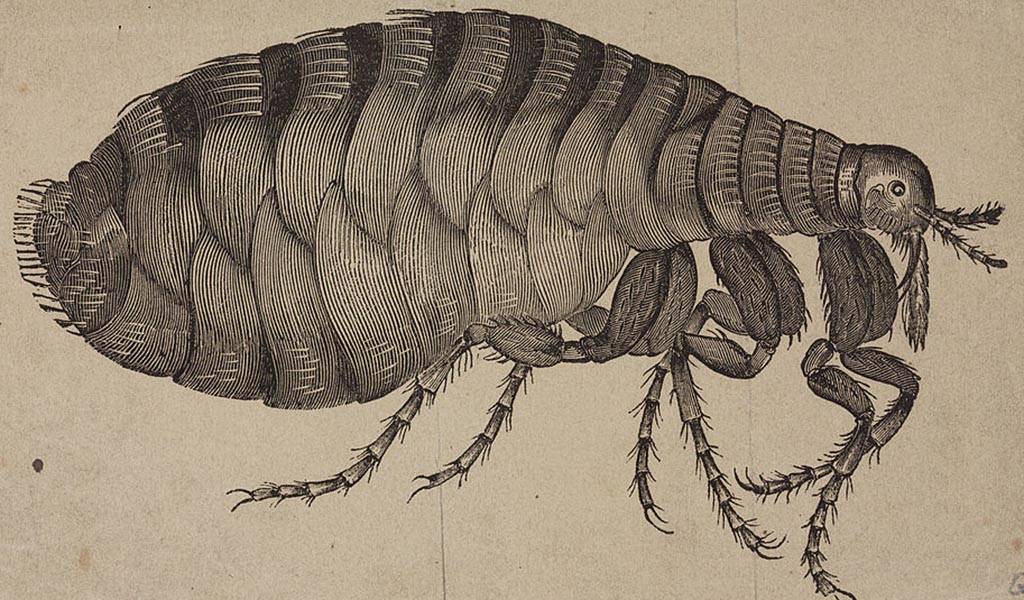
Today, many experts believe that the plague was caused by Yersinia pestis (Y.pestis), a bacterium carried by fleas that live on rats and other rodents. Y. pestis is known to cause three different types of plague.
The bubonic plague leads to the growth of lymph nodes, the pneumonic plague is a lung infection that causes the victim to cough up blood, and the septicemic plague is a blood infection that is almost always fatal.
It Killed An Estimated 25% to 65% Of Europe’s Population
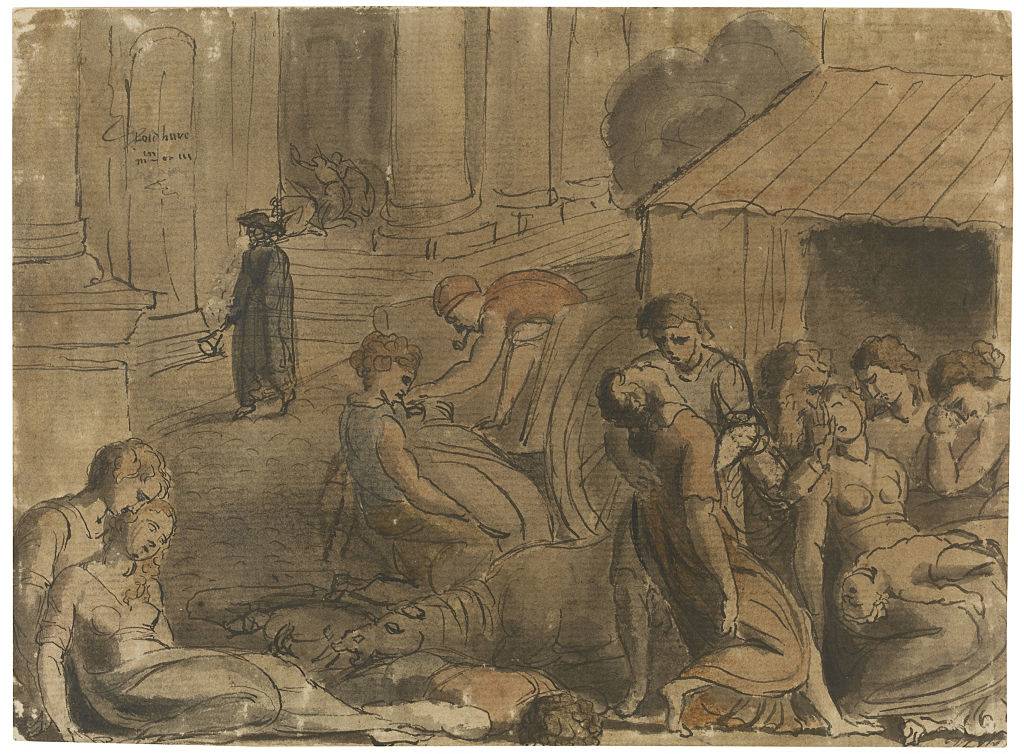
At its peak, the Black Death earned its name for how quickly it spread and how fatal it was. Although there is no exact number when it comes to the death toll, it’s estimated that anywhere between 75 and 200 million died as a result of it.
This means that between 25% to 60% of the European population had been wiped out. However, some historians even go so far as to claim that as high as two-thirds of the population was wiped out.
It Wasn’t The First Plague Of The Middle Ages

Although everyone might have heard about the devastation that the Black Death caused in one way or another, it was not the first sickness to ravage Europe. In fact, it was the second. The first one occurred in the sixth century and is referred to as Justinian’s Plague.
Much like the Black Death, it spread quickly and caused many deaths. However, it was not lethal to the extent that the Black Death was, which is why it isn’t more commonly discussed throughout history.
Some Believed It Was The Result Of Bad Air
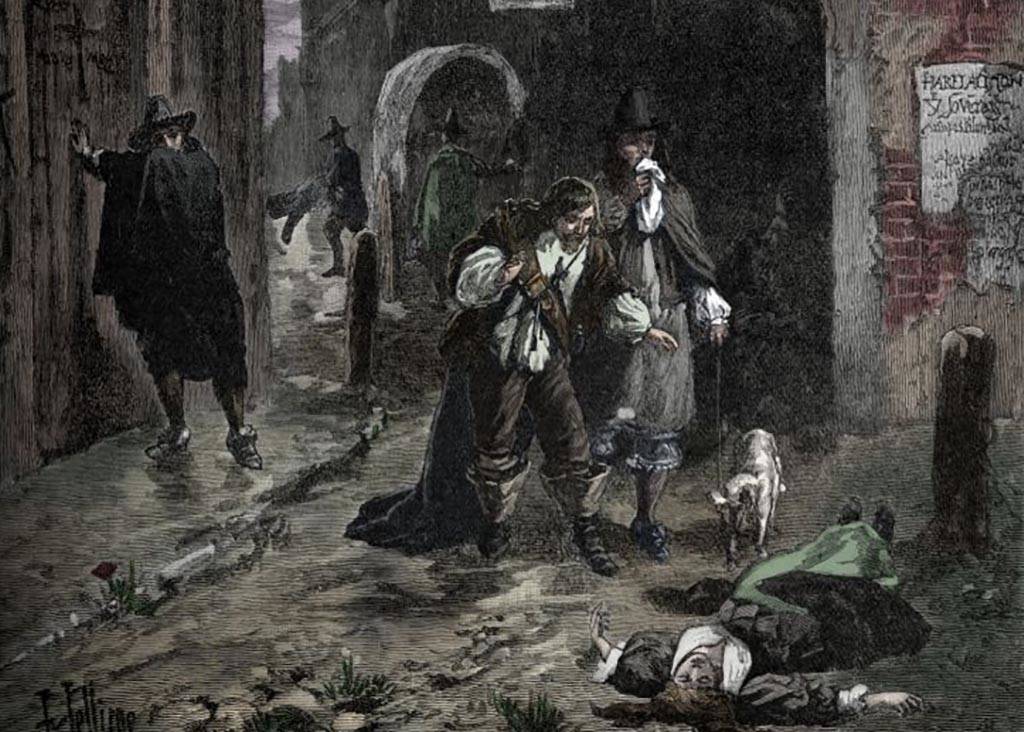
During the time of the plague, nobody had any idea what it was or where it came from. That was until the Y. pestis virus was discovered in the 1890s. Yet, when the plague was spreading throughout Europe, some people had some interesting theories that may have caused it.
One of the strangest is that the plague was the result of “bad air” that had been released from earthquakes. Others also believed that the alignment of Saturn, Jupiter, and Mars on March 20, 1345, led to a release of bad air that created the sickness.
Experts Have Pinpointed Its Origin
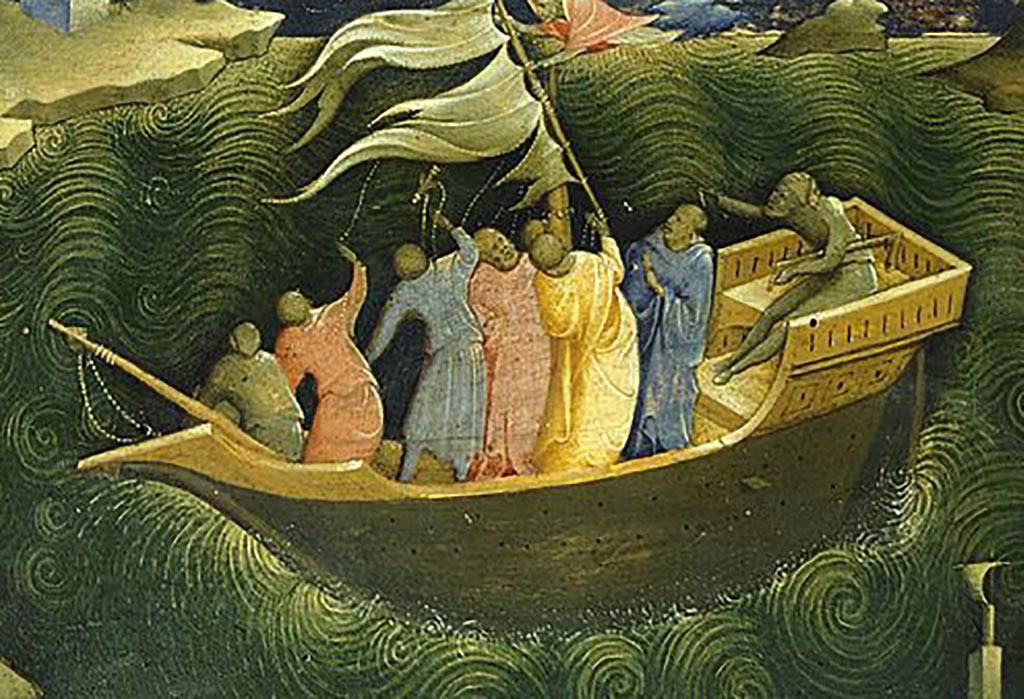
Although at the time, nobody could have said where the illness came from, today, scientists have been able to track the precise moment when the plague entered Europe. In October 1347, twelve Genoese trading ships docked in the port of Messina after crossing the Black Sea.
Those who greeted the ships found all of the crew members either dead or dying of an illness that left their bodies covered in boils. Although the ships were ordered to leave the harbor, it was too late, and the plague had already begun to spread on the mainland.
It Wasn’t Always Called The Black Death
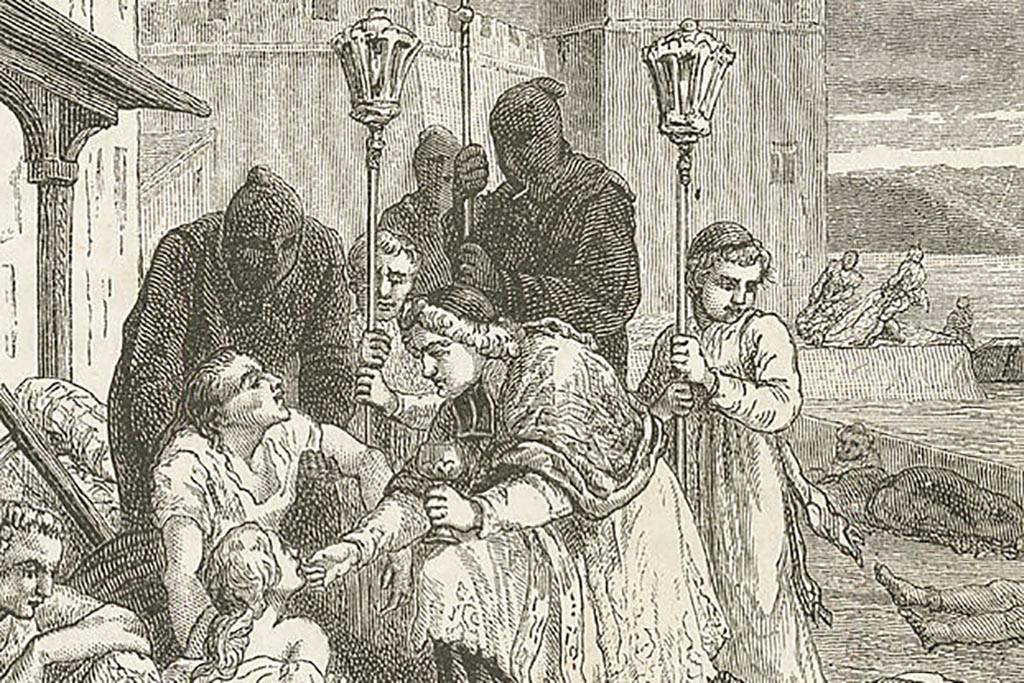
The plague that devastated Europe during the 14th century wasn’t given the title of the Black Death until much later. The name Black Death was given in reference to the way that parts of the victims’ bodies were blackened due to gangrene, necrosis, and the development of black growths in certain areas.
At the time of the plague, the sickness was often referred to as “The Pestilence” and “The Great Mortality,” among other names. The term Black Death didn’t become popular until around the 18th century.
Using The Plague As A Weapon

Although the Black Death is often associated with Europe, it was a global pandemic, meaning that it reached across the world. It killed around half of the population of China and one-eighth of the people of Africa.
From 1345 to 1346, just before the plague reached Europe, Mongol hordes were struck by the sickness as they laid siege to the town of Kaffa. As the army began to fall victim to the plague, they began launching the dead bodies of the sick over the city walls as an early form of biochemical warfare.
The Black Death Set Europe Back 150 Years
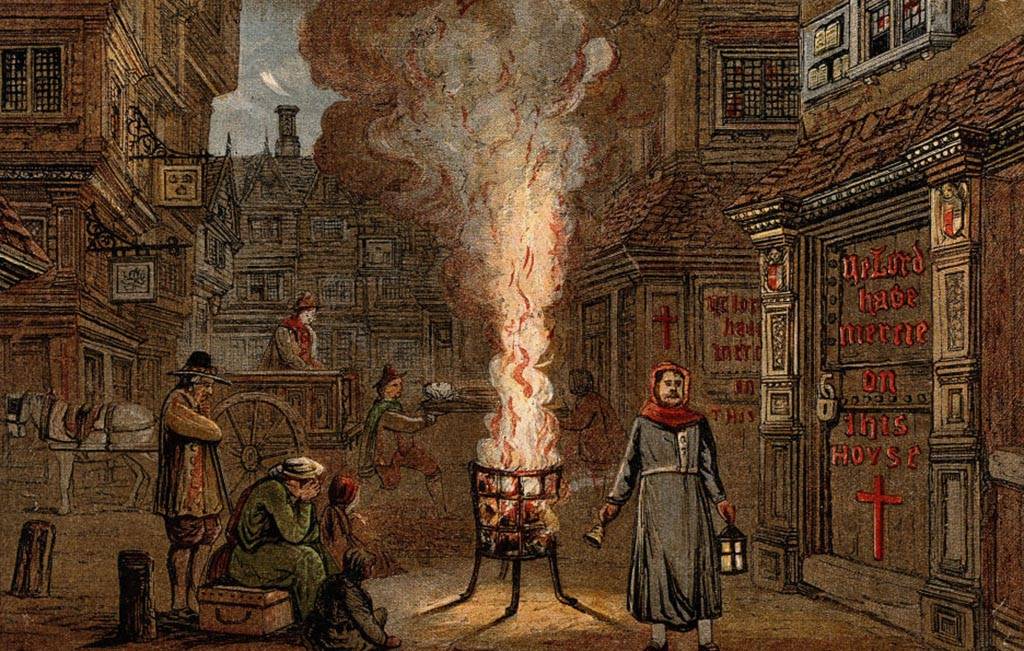
During the outbreak, the devastation of the plague had a serious effect on education at a lot of schools, especially at universities. For example, at Cambridge University, 16 out of the 40 professors died from the plague on top of the countless doctors that lost their lives trying to help others.
In terms of politics, many nobles died without an heir or a successor, and in some cases entire families were wiped out. Because of this, it’s estimated that it took Europe 150 years to recover.
Many People Were Convinced It Was The Wrath Of God
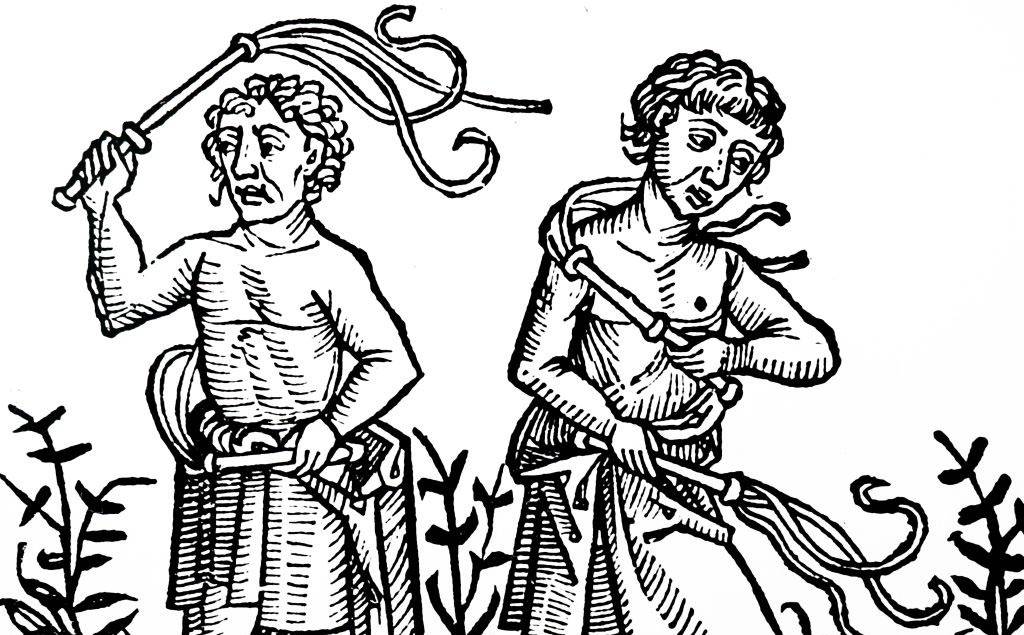
Considering that Christianity was the dominating faith at the time, it’s no surprise that the majority of people in Europe believed that the pestilence was sent from God as a punishment. Rather than simply repenting for their sins, some individuals took their penance to a whole new level.
These were groups of men known as flagellants that would walk the streets and whip themselves as a sign of penance, hoping it would spare them from the wrath of God. Not only did this not work, but walking the sickness-ridden streets with open wounds also didn’t help their chances.
It Wasn’t Just Humans That Were Affected
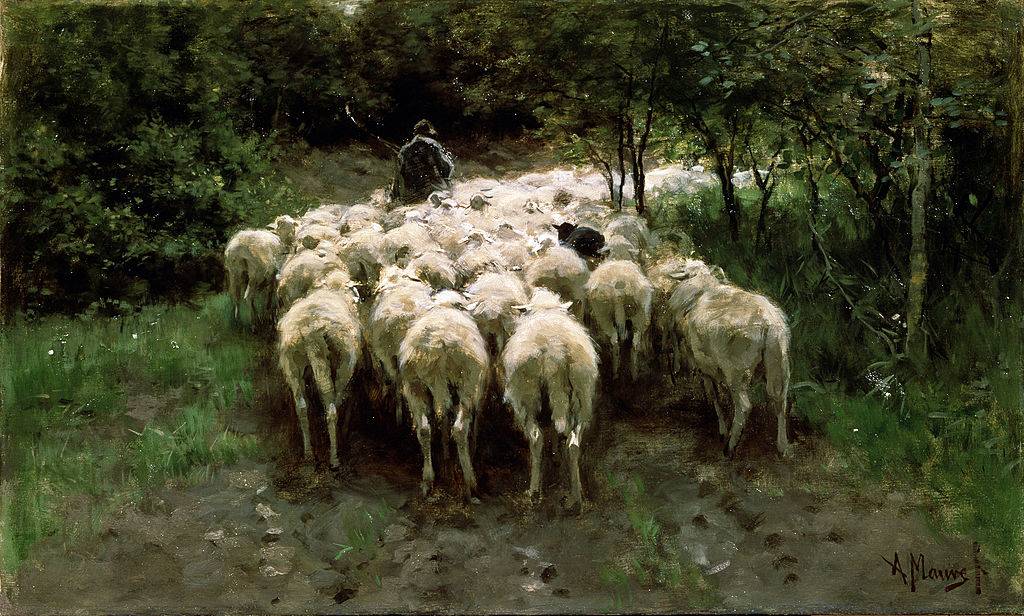
While a lot of people think about how devastating the plague was to the human population, we weren’t the only organisms that were susceptible to it. The disease also had the ability to kill cows, pigs, and sheep. It not only killed a lot of the livestock necessary for people to survive but also resulted in a shortage of wool in Europe.
However, one animal that the plague seemed to have little to no effect on are dogs. This is because they have a biological resistance to the plague that, unfortunately, other animals don’t.
It Greatly Influenced Culture
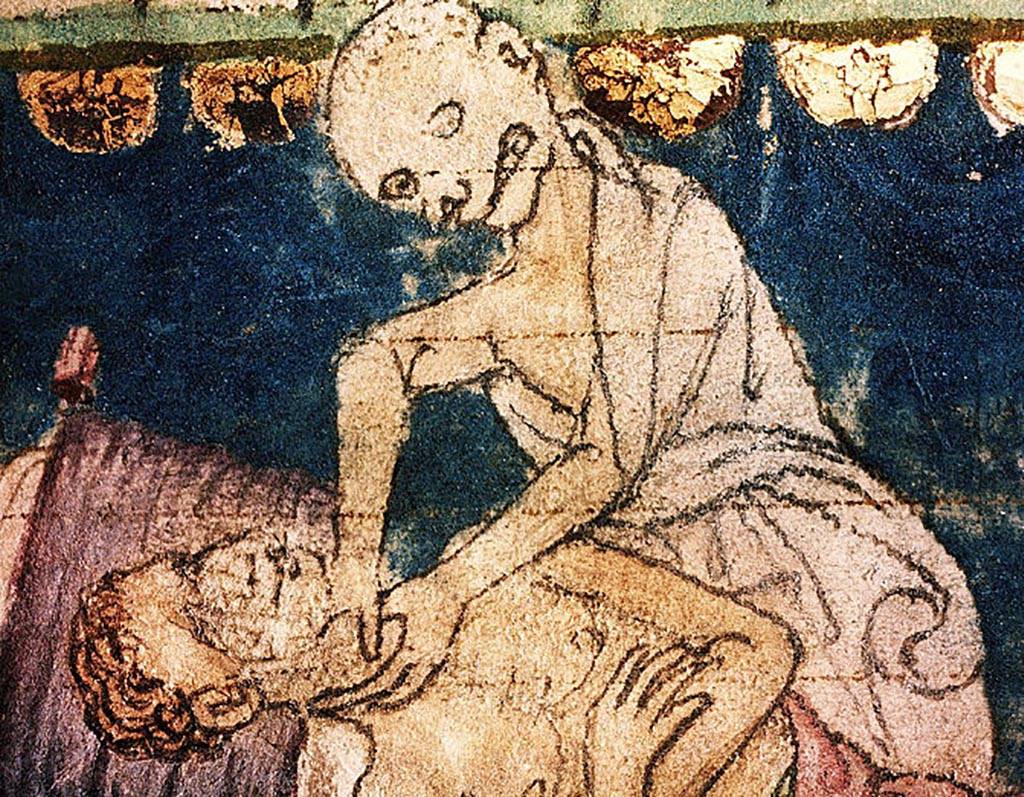
Before the Black Death fell upon Europe, arts such as painting, music, and literature were much lighter in their content. However, after the plague, the direction of the arts changed, with wealthy nobles commissioning works that focused on the death and destruction that had occurred.
The subject matter for many artists changed to become much darker and bleaker than most of their work before millions of people lost their lives to the illness.
It Helped Bring An End To Feudalism
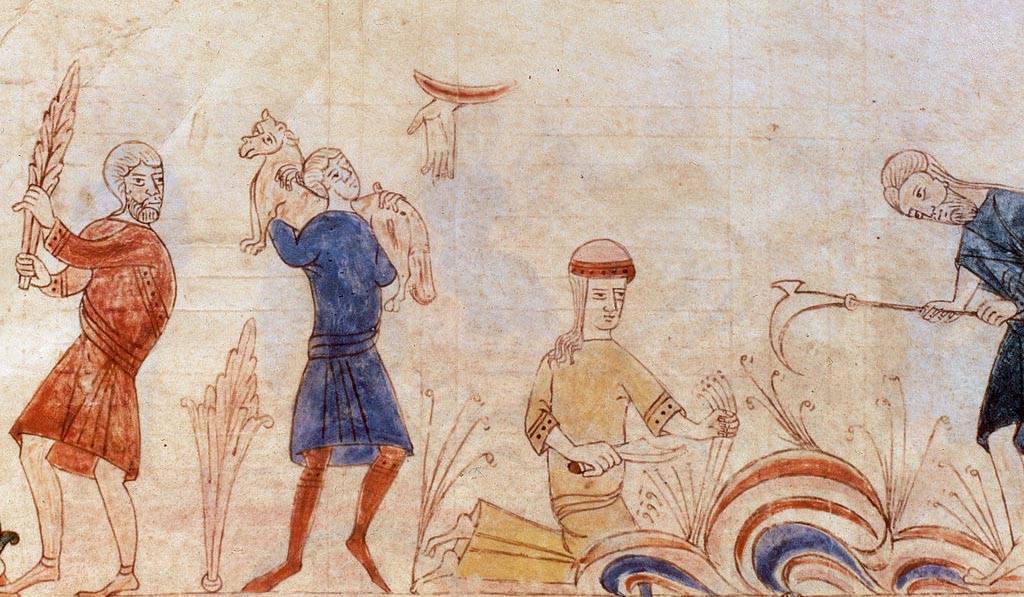
There’s no doubt that the amount of death and destruction that the Black Death caused in Europe was a tragedy. However, it did have a few positive social effects, with one being the decline of feudalism.
The shortage of labor caused by the plague led to an increase in wages, which allowed the peasants to move to towns in search of higher-paying jobs. With the cheap labor source gone and land losing its value, the nobles lost a lot of their power over the common people.
A Whole Village Quarantined Themselves To Save Others
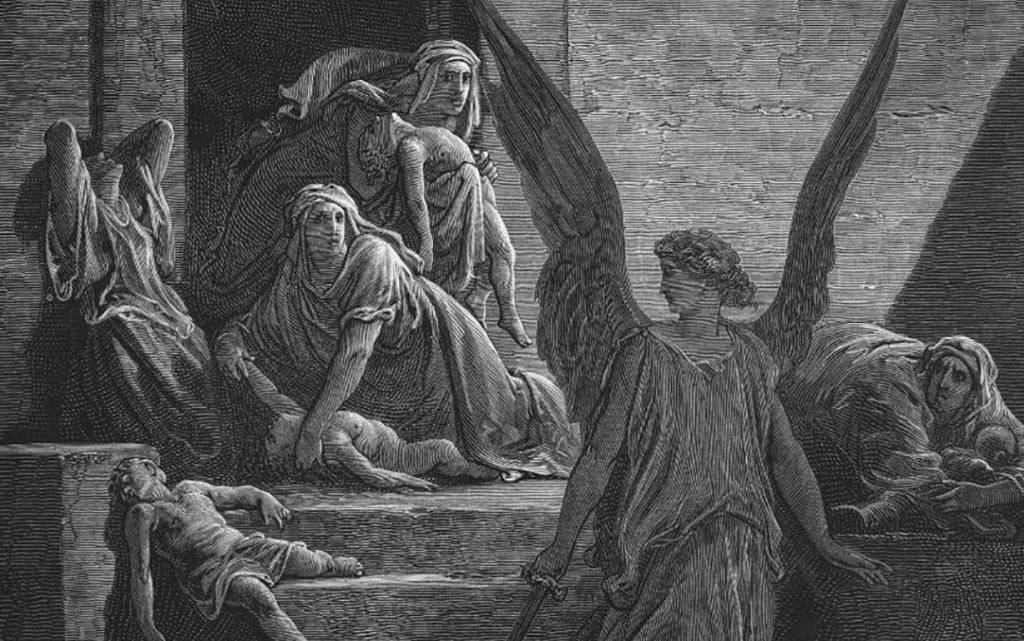
Even though many people living during the time of the Black Death didn’t fully understand the importance of hygiene or preventative measures such as quarantining, one English village did. During a reemergence of the plague in 1665, some residents of the village of Eyam in Derbyshire, England, became infected with the plague.
To prevent nearby towns from getting sick, they made the collective decision to quarantine themselves even though it meant most of the village would die. Two hundred fifty-six people died in the town, although nobody from the neighboring communities became sick.
It Wasn’t A Death Sentence

Because of how many people lost their lives during the outbreak, a lot of people might be inclined to think that catching the plague meant certain death, especially without the help of modern medicine. Yet, this is not necessarily the case, as many people who contracted the sickness recovered.
Scientists that studied the remains of the plague victims discovered that many suffered from malnutrition and other diseases before succumbing to the plague. Of course, although healthy individuals did catch the plague and die, a previously healthy person had a better chance of survival.
Nostradamus Was A Skilled Plague Doctor

Before becoming the man who claimed that he could see into the future, Nostradamus studied medicine beginning at the age of 14. During the plague, he then traveled the countryside treating victims of the Black Death.
While many plague doctors at the time had little to no idea how to cure the disease, often making matters worse, Nostradamus had a different approach. He understood the benefits of cleanliness, making sure himself and his instruments were sterile, and stressed the importance of disposing of bodies properly to stop the spread.
Doctors Prescribed Some Outrageous Remedies
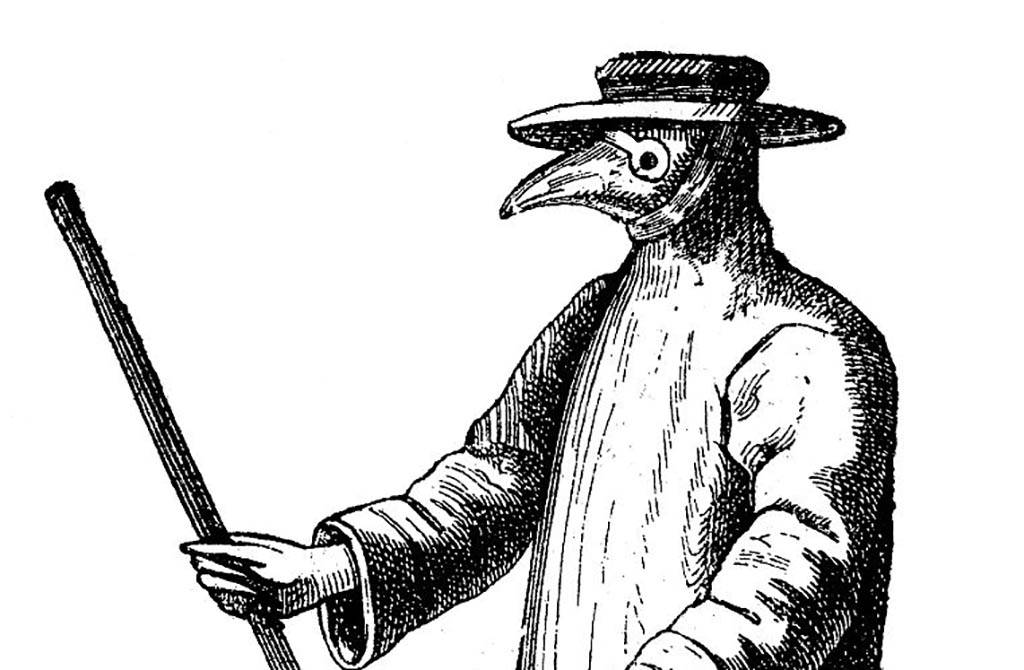
Without any idea where the plague came from or how to cure it, doctors at the time started becoming desperate and were willing to try anything.
Many doctors started to theorize that foul smells would help to drive out the disease, and suggested that their patients cover the inflicted parts of their body with disgusting stuff. Unsurprisingly, this had catastrophic results, and some people that may have survived the illness died because of infection.
The First Black Death Wasn’t The End Of It
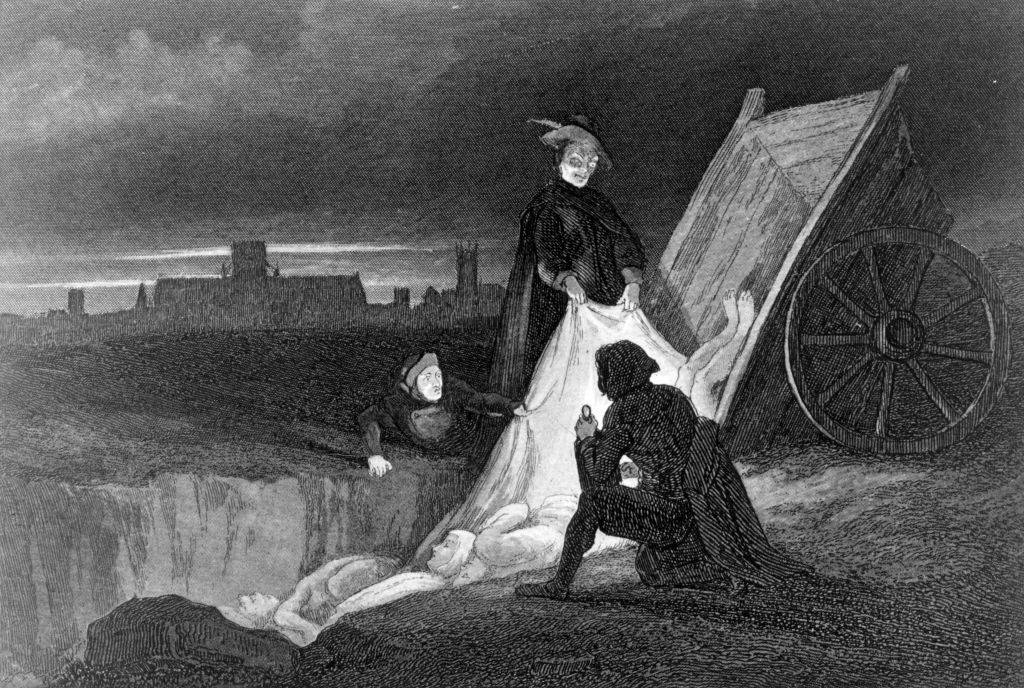
After the initial outbreak of the Black Death in the 14th century, the bubonic plague continued to ravage through Europe. For example, in 1665, London was struck once again by an epidemic of the plague which was known as the Great Plague of 1665, resulting in thousands of deaths.
The plague was then followed by the Great Fire, which severely crippled London. Then, the plague began to spread once again throughout China and India in the 1890s and eventually reached the United States. It was during this outbreak that Y. pestis was discovered, along with a cure.



